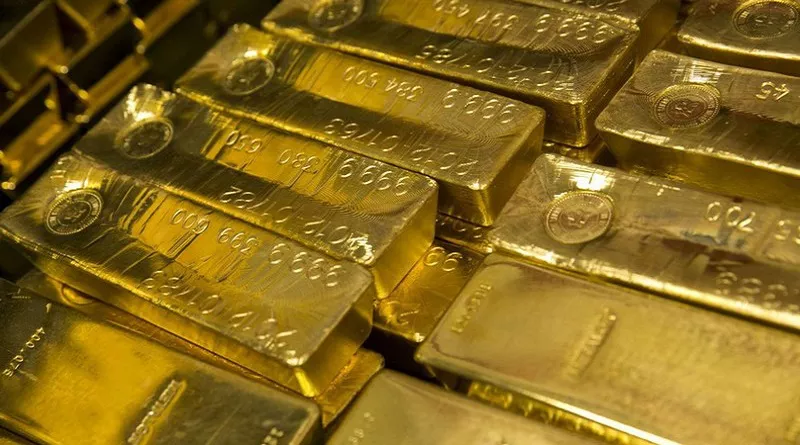In the dynamic realm of financial investments, gold has perennially held its allure as a tangible and time-tested asset. For individuals looking to diversify their portfolios or hedge against economic uncertainties, the question often arises: How much gold can one acquire with an investment of $10,000? In this exploration, we delve into the intricacies of this inquiry, navigating through market fluctuations and considering factors that influence the quantity of gold attainable within this budget.
Gold Market Dynamics
Understanding the nuances of the gold market is crucial in gauging the potential return on a $10,000 investment. Gold prices are subject to constant fluctuations influenced by factors such as geopolitical events, economic indicators, and investor sentiment. Consequently, the quantity of gold one can acquire for $10,000 is contingent upon the prevailing market conditions at the time of purchase.
Current Gold Prices
As of the most recent market data, the price of gold per troy ounce hovers around $2,000. With a $10,000 investment, simple arithmetic suggests that an individual could potentially secure five troy ounces of gold at the current market rate. However, it is imperative to recognize that gold prices are subject to change, necessitating real-time evaluation before making any investment decisions.
Premiums and Fees
While the market price of gold serves as a foundational metric, it is essential to account for additional costs that may impact the overall quantity of gold obtained. Transactional fees, dealer premiums, and storage costs are integral components that can diminish the amount of physical gold acquired for a given investment. Prospective buyers should be vigilant in researching and considering these supplementary expenses when estimating their gold holdings.
Gold Forms: Bars, Coins, or Bullion?
The form in which gold is purchased also plays a pivotal role in determining the overall quantity attainable within a $10,000 budget. Gold is available in various forms, including bars, coins, and bullion. Each form carries its own price point, influenced by factors such as purity, weight, and craftsmanship. Buyers must weigh these considerations to make informed decisions aligning with their investment goals and preferences.
Economic Indicators and Future Trends
Anticipating the trajectory of gold prices requires an analysis of economic indicators and a consideration of potential future trends. Factors such as inflation, interest rates, and global economic stability can significantly impact the value of gold. Investors allocating $10,000 to gold should stay informed about these variables to make strategic decisions that align with their financial objectives.
Conclusion: Navigating the Golden Landscape
In the pursuit of understanding how much gold $10,000 can secure, it becomes evident that the dynamic nature of the gold market requires vigilance and informed decision-making. While current market conditions may indicate a specific quantity, factors such as additional fees, the form of gold chosen, and economic indicators play pivotal roles in shaping the final outcome. Investors are encouraged to stay abreast of market trends, conduct thorough research, and engage with reputable dealers to optimize their gold acquisitions within the confines of a $10,000 investment. As with any financial endeavor, a well-informed approach is the key to unlocking the full potential of gold as a valuable asset in one’s investment portfolio.

